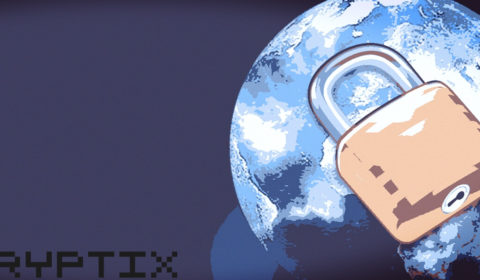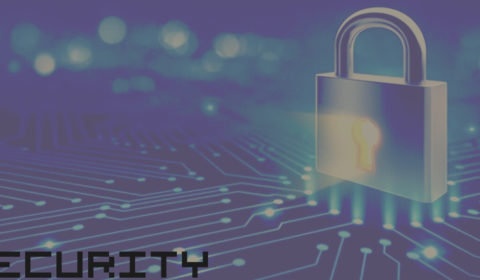Cryptography law Issues regarding cryptography…
Wassenaar
Wassenaar Arrangement / COCOM
1. Export/ import controls
COCOM
COCOM (Coordinating Committee for Multilateral Export Controls) was an international organization for the mutual control of the export of strategic products and technical data from country members to proscribed destinations. It maintained, among others, the International Industrial List and the International Munitions List. In 1991, COCOM decided to allow export of mass-market cryptographic software (including public domain software). Most member countries of COCOM followed its regulations, but the United States maintained separate regulations.
Its 17 members were Australia, Belgium, Canada, Denmark, France, Germany, Greece, Italy, Japan, Luxemburg, The Netherlands, Norway, Portugal, Spain, Turkey, United Kingdom, and the United States. Cooperating members included Austria, Finland, Hungary, Ireland, New Zealand, Poland, Singapore, Slovakia, South Korea, Sweden, Switzerland, and Taiwan.
The main goal of the COCOM regulations was to prevent cryptography from being exported to “dangerous” countries – usually, the countries thought to maintain friendly ties with terrorist organizations, such as Libya, Iraq, Iran, and North Korea. Exporting to other countries is usually allowed, although states often require a license to be granted.
COCOM was dissolved in March 1994. Pending the signing of a new treaty, most members of COCOM agreed in principle to maintain the status quo, and cryptography remained on export control lists.
Wassenaar Arrangement
The Wassenaar Arrangement controls the export of weapons and of dual-use goods, that is, goods that can be used both for a military and for a civil purpose; cryptography is such a dual-use good.
In 1995, 28 countries decided to establish a follow-up to COCOM, the Wassenaar Arrangement on Export Controls for Conventional Arms and Dual-Use Goods and Technologies. The negotiations on the Arrangement were finished in July 1996, and the agreement was signed by 31 countries (Argentina, Australia, Austria, Belgium, Canada, the Czech Republic, Denmark, Finland, France, Germany, Greece, Hungary, Ireland, Italy, Japan, Luxembourg, the Netherlands, New Zealand, Norway, Poland, Portugal, the Republic of Korea, Romania, the Russian Federation, the Slovak Republic, Spain, Sweden, Switzerland, Turkey, the United Kingdom and the United States). Later, Bulgaria and Ukraine also became a participating state to the Arrangement.
The initial provisions were largely the same as old COCOM regulations. The General Software Note (applicable until the December 1998 revision) excepted mass-market and public-domain crypto software from the controls. Australia, France, New Zealand, Russia, and the US deviated from the GSN and controlled the export of mass-market and public-domain crypto software. Export via the Internet did not seem to be covered by the regulations.
There is a personal-use exemption, allowing export of products “accompanying their user for the user’s personal use” (e.g., on a laptop).
In September 1998, Wassenaar negotiations in Vienna did not lead to changes in the crypto controls, although it was apparently considered to restrict the GSN (see an article in German) and possibly also to ease controls for key-recovery crypto. (Compare an article in Swedish of March 1998.)
The Wassenaar Arrangement was revised in December 1998. Negotiations were held on 2 and 3 December 1998 in Vienna, which resulted in restrictions on the General Software Note and in some relexations:
free for export are: all symmetric crypto products of up to 56 bits, all asymmetric crypto products of up to 512 bits, and all subgroup-based crypto products (including elliptic curve) of up to 112 bits;
mass-market symmetric crypto software and hardware of up to 64 bits are free for export (the 64-bit limit was deleted on 1 December 2000, see below);
the export of products that use encryption to protect intellectual property (such as DVDs) is relaxed;
export of all other crypto still requires a license.
There was no change in the provisions on public-domain crypto, so that all public-domain crypto software is still free for export. Nothing was said about electronic exports (e.g., via the Internet), which consequently remain unclear.
In its meeting of 30 November-1 December 2000, the Wassenaar states lifted the 64-bit limit for export controls on mass-market crypto software and hardware (in the Cryptography Note, clause d. (the 64-bit limit) was deleted in its reference to category 5A2, as well as the related Validity Note, see the summary). The public statement of the meeting mentioned that “Participating States recognised that it is important to continue deepening Wassenaar Arrangement understanding of how and how much to control” intangible transfers.
The Wassenaar provisions are not directly applicable: each member state has to implement them in national legislation for them to have effect. (In the entries below, I have included mention of the pre-December 1998 regulations, which will stay into effect until the government enacts new legislation to implement the Wassenaar changes.)
See the Wassenaar List (crypto is in category 5 part 2). See further the Wassenaar Arrangement page (includes contact information for various national export control authorities), a Wassenaar FAQ (by US BIS), Greg Broiles’ page on the Wassenaar Arrangement, which includes links to John Young’s pages on the Wassenaar Arrangement and comments on the December 1998 changes, and the GILC Wassenaar page. See also Chapter 3 of Simo-Pekka Parviainen’s thesis on Cryptographic Software Export Controls in the EU. Cf. an April 1996 article on the Wassenaar Arrangement.
EOF


